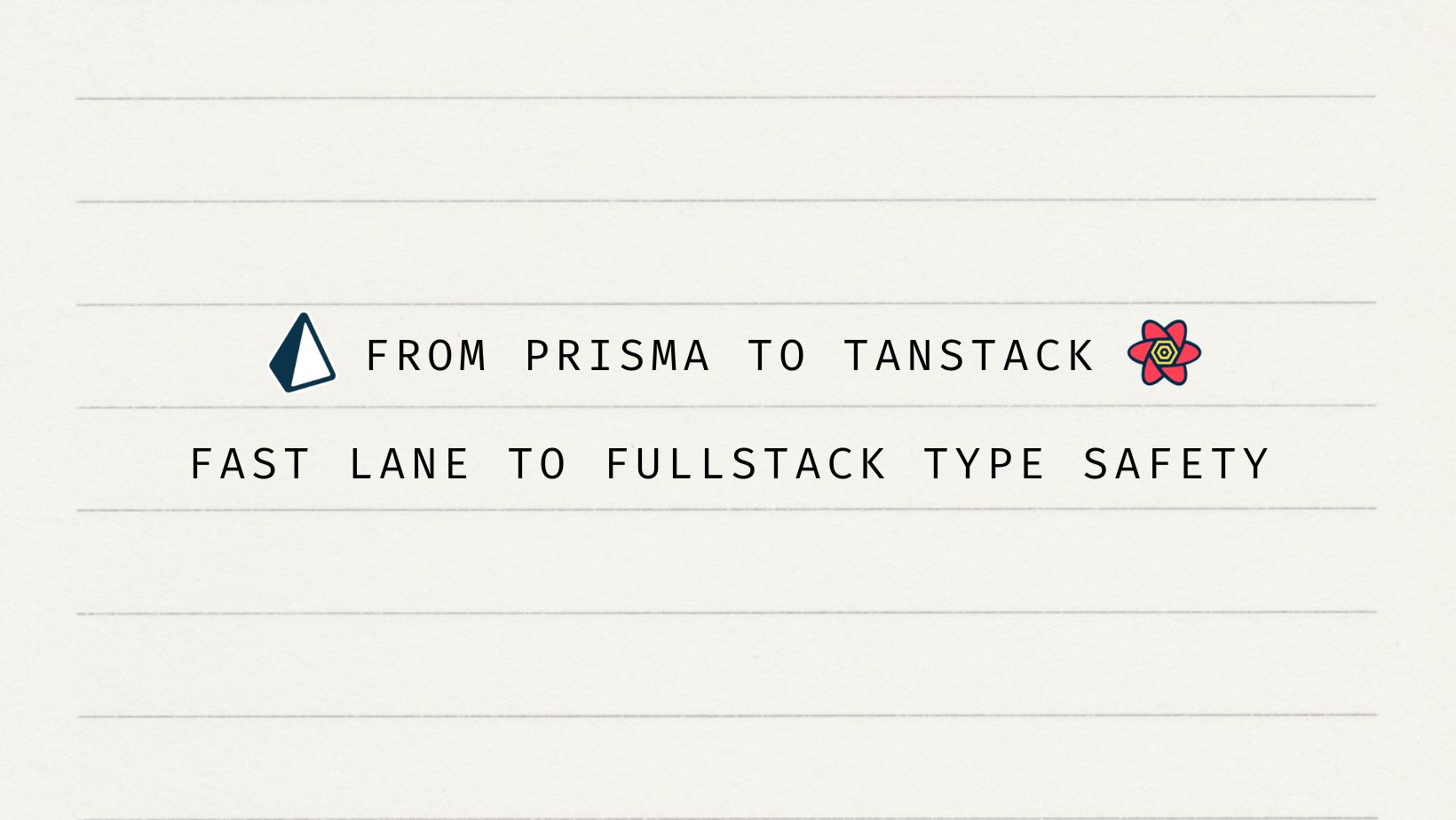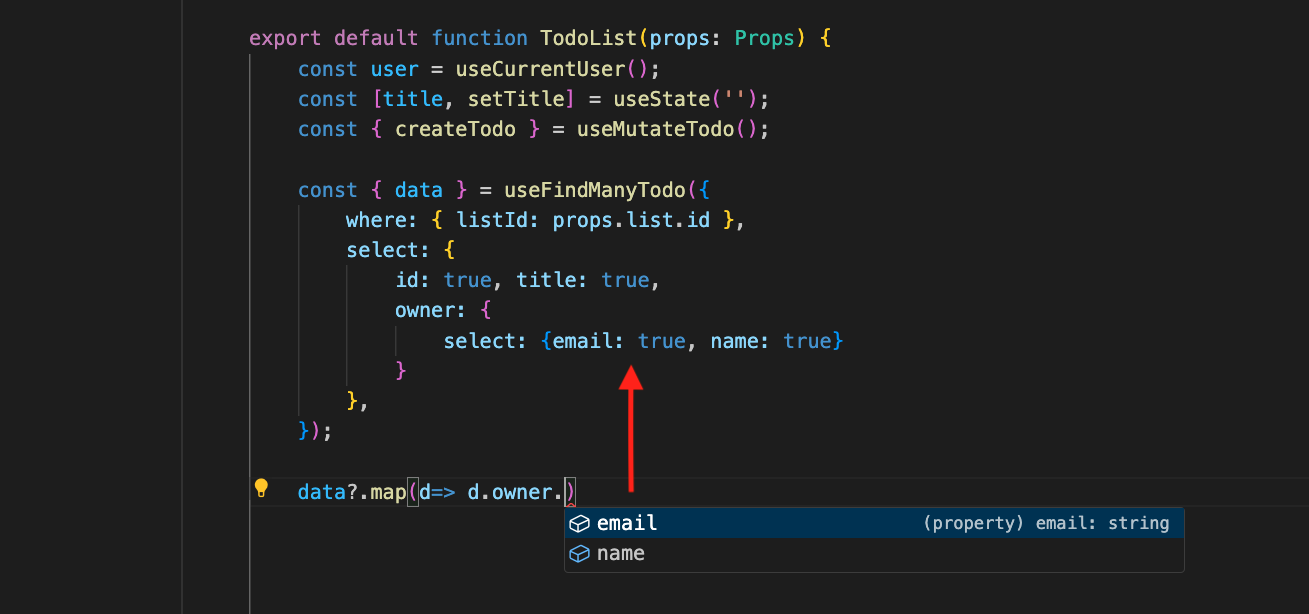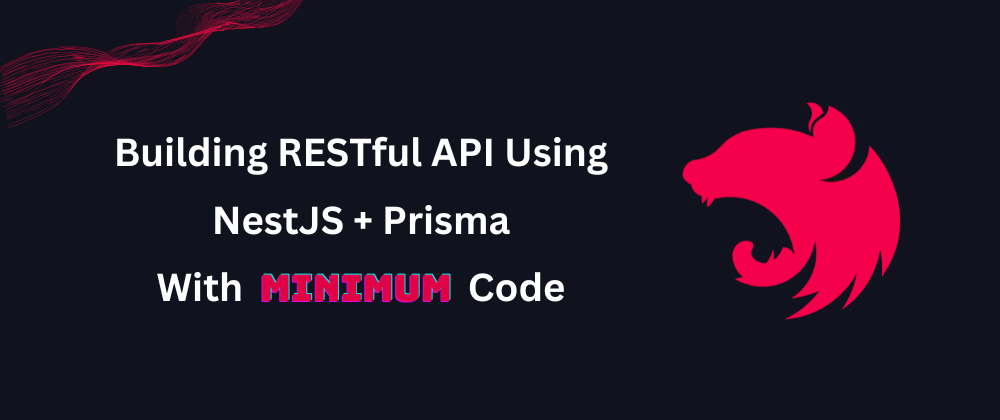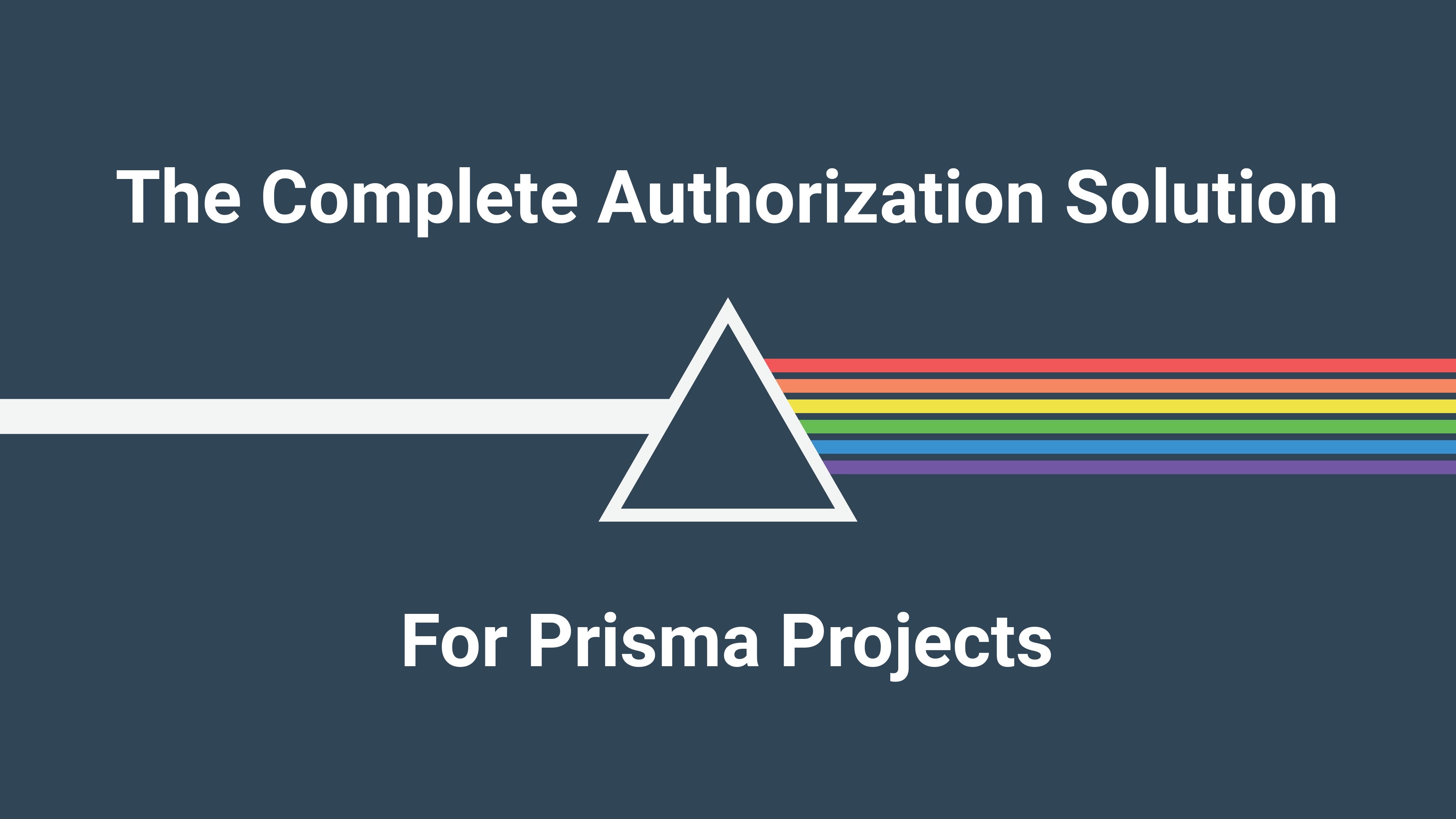How Modern SQL Databases Are Changing Web Development - #3 Better Developer Experience

SQL databases have been powering the web since their inception. The combination of strict schema, ACID transactions, and strong integrity makes it still the best storage choice for many apps even today. Database systems, albeit sounding unfathomable and dull, have been a highly vibrant domain in the past few years. Lots of talents are devoted to it, open source projects are created one after another, companies have been striving to build profitable businesses, and VCs have been making bets on those who look like the next unicorns.
Under the flourishing surface, the new generation of modern SQL databases is renovating this 50-year-old technology and gradually reshaping how we build web applications - what we do with it, how we manage it, and the way we program against it. This series of articles tries to explore this topic from multiple fronts, including:
- #1 Serverless & Edge
- #2 New Ways to Program
- #3 Better Developer Experience (this post)
- #4 Into The AI Era
Let’s discuss how DX (developer experience) is becoming increasingly crucial in database designs.










